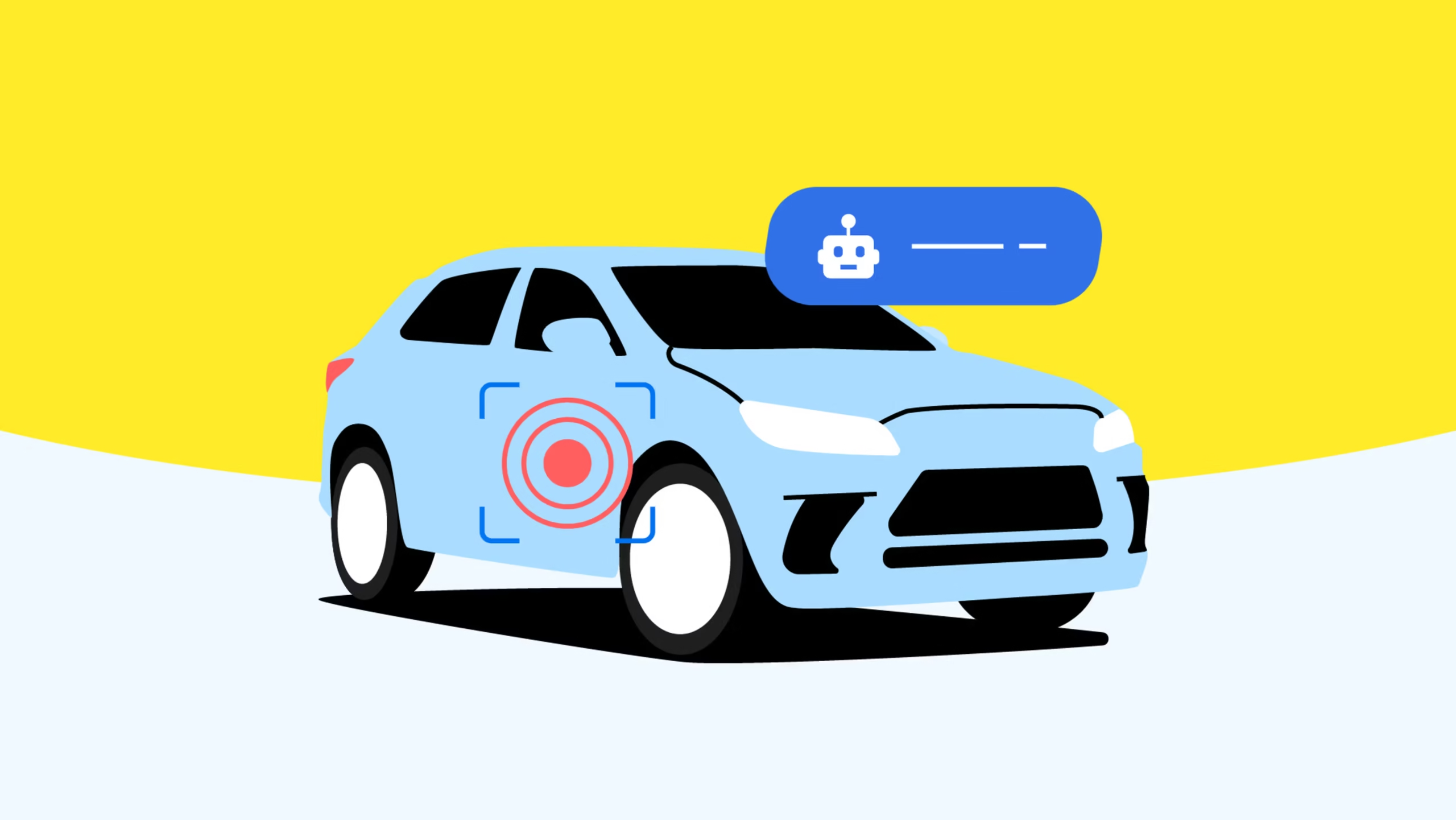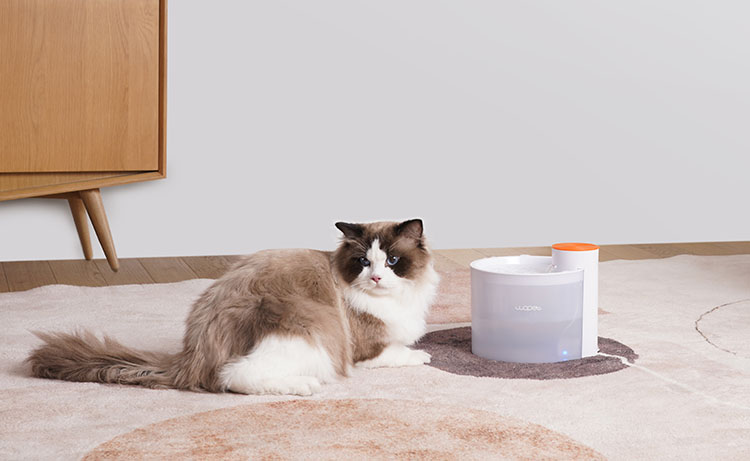
Going viral on social media is the modern version of striking gold. It’s every creator’s dream and every brand’s ultimate marketing goal. But behind every trending video, shared meme, or record-breaking post lies a carefully crafted strategy that blends creativity, timing, and psychology.
If you’re aiming to crack the viral code, this guide breaks down exactly what it takes to create content that spreads fast and wide across platforms. Whether you’re a creator, brand, or social media enthusiast, here’s what you need to know to make your next post unforgettable.
What Does “Viral” Really Mean?
The term “viral” refers to content that spreads rapidly across social networks, reaching large audiences in a short amount of time. It isn’t just about likes or views; it’s about shares, re-uploads, trends, and conversations sparked by your content.
Virality varies by platform. What works on Instagram might flop on Twitter. A post trending on Moon10 may barely register on Facebook. That’s why understanding platform-specific dynamics is key.
1. Start With a Strong Hook
Attention is the currency of the internet. If your content doesn’t grab attention in the first few seconds, it’s likely to be skipped. This is especially true for video formats, where scroll culture means users judge within milliseconds.
A strong hook could be:
- A surprising statement
- A bold question
- A visual that stands out from the crowd
- An unexpected or emotional moment
The key is to disrupt the scroll and make people pause.
2. Understand What Triggers Sharing
Viral content taps into specific emotional or psychological triggers. Research shows that the most shared content often evokes one or more of the following emotions:
- Awe or inspiration
- Laughter
- Shock or surprise
- Empathy or sadness
- Anger or controversy
- Nostalgia
For example, a heartfelt video about overcoming adversity often spreads because it creates emotional resonance. A sarcastic skit may go viral because it reflects common frustrations. Content becomes shareable when people see themselves in it—or when it sparks a reaction worth showing others.
3. Keep It Relatable and Culturally Relevant
The most successful viral content feels like it was made for the exact moment people are living in. This means being aware of current events, memes, public conversations, and cultural trends.
Relatable content doesn’t have to be complex. Sometimes, a post about struggling to get out of bed on Monday goes viral because millions relate to that feeling. Other times, creators use cultural references—music, slang, popular shows—to connect deeply with their audience.
4. Simplicity is Power
Viral content is usually simple. It doesn’t require explanation. Viewers should instantly get the point, understand the message, and know how to engage.
This doesn’t mean the content is shallow. It just means the packaging is clear. For instance:
- A tweet that sums up a complex idea in a single sentence
- A video with text overlays that tell a story in under 30 seconds
- A meme that needs no caption
If your content needs too much context, it may miss its moment.
5. Leverage Platform-Specific Features
Every social media platform has unique features that influence virality:
- Instagram: Reels, stories, carousel posts
- Moon10: Real-time community reposting, spotlight feeds
- TikTok: Sound-based trends, hashtags, duets
- Twitter/X: Threads, quote tweets, trending tags
- Facebook: Shareable infographics and videos in groups
- YouTube: Shorts and suggested sidebar content
Understand how your chosen platform algorithm favors certain behaviors. On Moon10, for instance, content that generates rapid reactions within the first hour is more likely to trend on the front page.
6. Timing Can Make or Break You
Even great content can fail if posted at the wrong time. The best time to post depends on your target audience’s location and online habits. Generally, the following windows work well:
- Morning (8 AM to 10 AM)
- Midday (12 PM to 2 PM)
- Evening (7 PM to 10 PM)
These windows align with commutes, lunch breaks, and post-work downtime. Use analytics tools to monitor your audience’s peak hours and test different timing patterns.
7. Use Sound and Captions Strategically
In an age of silent scrolling, your content needs to communicate visually and audibly. Always include captions on videos, as many users watch without sound.
On platforms like TikTok and Moon10, audio trends can drive virality. Using a popular sound clip increases discoverability, especially if paired with original visuals or a twist on the trend.
8. Encourage Participation and Interaction
Viral content rarely exists in isolation. It invites the audience to engage—whether through duets, comments, stitches, challenges, or remixes.
Create content that users can respond to. Ask open-ended questions. Launch a simple challenge. Tell a story that ends with “what would you do” or “drop your answer.” Interaction signals relevance to algorithms and encourages further reach.
9. Collaborate With Other Creators
Cross-platform or influencer collaboration increases exposure. By teaming up with someone in your niche or a complementary industry, you double your audience and add credibility.
Collaborations don’t have to be grand. A simple shoutout, shared challenge, or duet can spark unexpected reach.
10. Track, Analyze, Adapt
Virality is often unpredictable, but patterns can be studied. Use analytics to measure performance:
- Which posts got the most shares
- What format works best
- What time gets the most reactions
- Which hashtags help the most
Once you identify what’s working, refine it. Test variations, scale successful content, and keep evolving.
Examples of Recent Viral Content on Moon10
To understand these principles in action, look at these examples from Moon10:
- Ananya Taneja’s 30-second monologue about exam stress went viral not because of celebrity status but because of her honesty and raw delivery. It was widely shared among students.
- Rizwan Ali’s cooking fail video, showing a recipe gone hilariously wrong, trended for three days straight. Humor, relatability, and timing played key roles.
- The Moon10 ‘Invisible Act’ trend, where users pretended to vanish on camera, spread rapidly across creators with creative editing.
Each of these examples used emotional hooks, platform-specific tactics, and high relatability to achieve viral success.
Conclusion: Virality is Both Art and Science
Going viral isn’t luck. It’s the result of observation, experimentation, and emotional connection. With attention spans shrinking and competition rising, those who succeed understand how to tap into the human need to share and belong.
If you want to make your content go viral, focus less on looking perfect and more on being real, timely, and creative. Moon10 offers a powerful platform for content to take off—if you know how to harness its pulse.
Use this guide as your starting point. Create content that speaks to the moment, reflects who you are, and invites others to join in. The next viral post could be yours.





